Shenzhou X capsule touches down successfully
Updated: 2013-06-26 01:52
By Xin Dingding (China Daily)
|
||||||||
Latest:
Commander-in-chief of China's manned space program Zhang Youxia announced that the Shenzhou-10 mission was successful after the three crewmembers landed safely and left the spacecraft's reentry module Wednesday morning.
Return capsule of Shenzhou X spacecraft touched down successfully at around 8:07 a.m. Beijing Time Wednesday at the main landing area in north China's Inner Mongolia autonomous region.
Three astronauts within the return capsule all reported good health condition prior to their entry of the black-out area, the control center said.
The three astronauts on the country's fifth and longest manned mission are expected to complete their trip and return to Earth at around 8 am on Wednesday.
Before its return, the manned Shenzhou X spacecraft conducted the country's first test flight around the Tiangong-1 space module on Tuesday, as future vessels will need to dock from more than one direction.
On Tuesday morning, the astronauts left the orbiting space module where they had lived for 12 days.
The three astronauts — crew commander Nie Haisheng, astronaut Zhang Xiaoguang and female astronaut Wang Yaping — closed the module's hatch at 5:07 am, according to the manned space program.
Before they left, each of them used sign language to express their gratitude to scientific staff on the ground and others following the space mission.
At 7:05 am, the spacecraft undocked from Tiangong-1. The spacecraft then flew around the space module. In the process, both vessels were maneuvered to reverse their positions in orbit, and then conducted a rendezvous procedure.
"The first circling and rendezvous test was successful, and we have achieved our expected result," said a space program spokesman.
Bao Weimin, the technological division chief of the spacecraft's builder, China Aerospace Science and Technology Corp, said the experiment was conducted to gain experience for the future construction of a space station in orbit.
A space station might have multiple docking ports, requiring spacecraft to dock from different directions, so China must test these skills, Bao said.
The experiment was also a test of the ground staff's ability to maneuver the vessels as well as a test of the spacecraft's performance, said a space expert who declined to be named.
"It's the same as piloting a jet. The pilot will always want to develop better skills to control the jet, so that he can be flexible when tough situations emerge," the expert said.
Tuesday also marked the end of the mission of Tiangong-1, which was sent into orbit on Sept 29, 2011.
The simple space lab, designed with a two-year lifespan, had operated in orbit for 634 days by Tuesday, the spokesman said.
The unmanned Shenzhou VIII spacecraft docked with it in 2011, and the manned Shenzhou IX vessel in 2012. It has sheltered six astronauts on two missions.
Zhou Jianping, chief designer of the manned space program, told China Daily in March that the space lab has sufficient fuel to operate in orbit for another two years. He did not reveal what additional tasks it will be used for.
The Shenzhou X spacecraft blasted off from northwestern China on June 11.

 S African worries about Mandela's condition
S African worries about Mandela's condition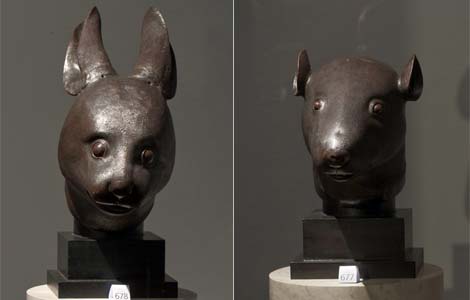
 Looted relics to return home this week
Looted relics to return home this week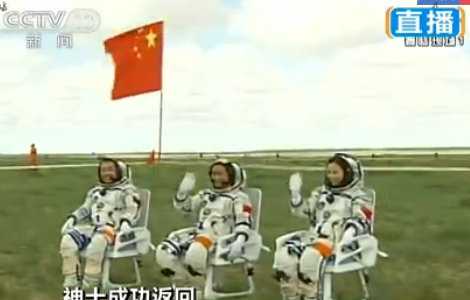
 Astronauts go out of Shenzhou X's return capsule
Astronauts go out of Shenzhou X's return capsule
 Djokovic, Williams, and China's Li win openers
Djokovic, Williams, and China's Li win openers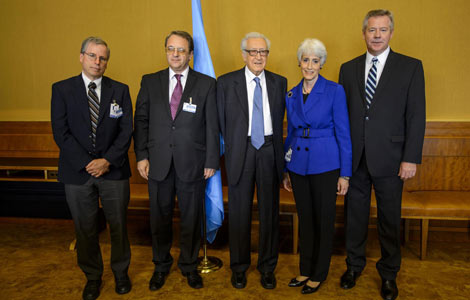
 Russia, US disagree plan for Syria talks
Russia, US disagree plan for Syria talks
 Cooling off, the traditional way
Cooling off, the traditional way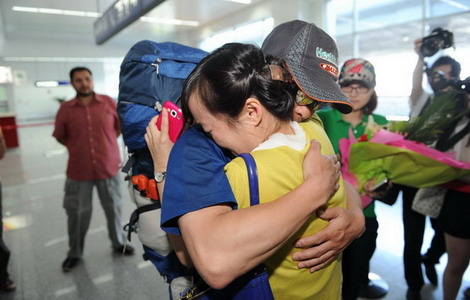
 Surviving climber safe at home
Surviving climber safe at home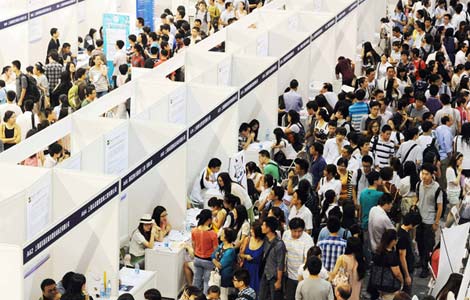
 Warning on college majors
Warning on college majors
Most Viewed
Editor's Picks
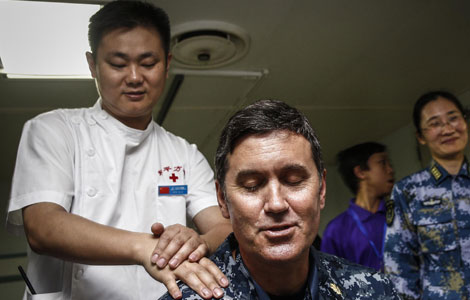
|

|
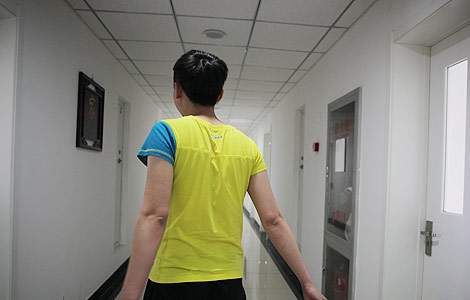
|

|

|

|
Today's Top News
US Supreme Court to rule on gay marriage
China to launch new generation rockets
Shenzhou X spacecraft mission a success
China can fix credit crunch: ADB
Obama targets global warning
US-China agree to boost corporate transparency
New canal a lifeline for energy
Global rating firm to rival 'Big Three'
US Weekly

|

|







